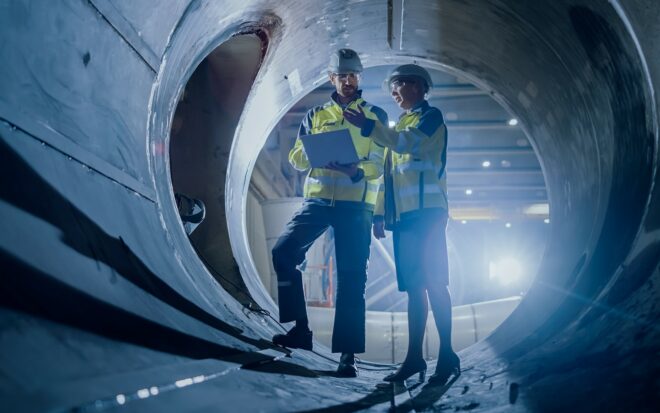Understanding Gas Detection Technologies: Ensuring Safety in the Face of Invisible Dangers
Recognizing and eliminating dangers becomes essential to maintaining safety in a world where the unseen poses the most significant threats. These dangers are particularly true for numerous sectors that deal with invisible but potentially deadly gases. Modern gas detection technologies, which continually work in the background to safeguard the safety of both people and the…

